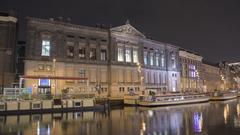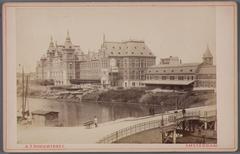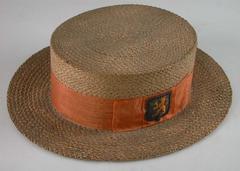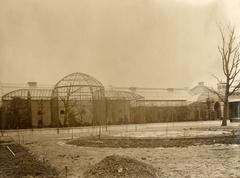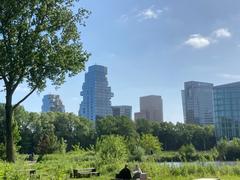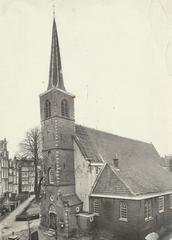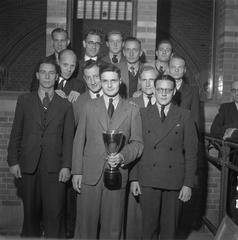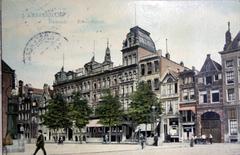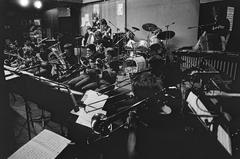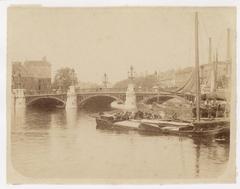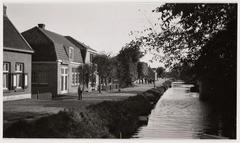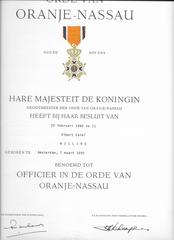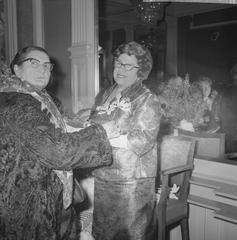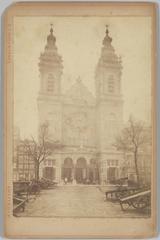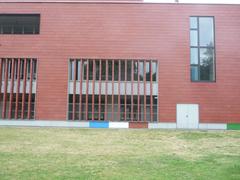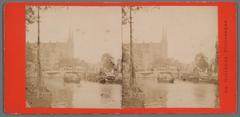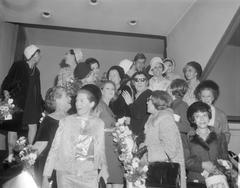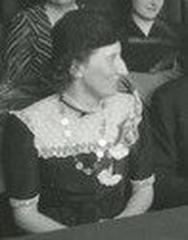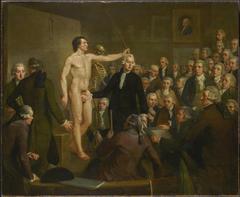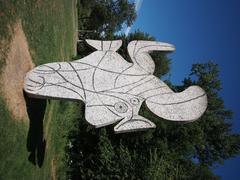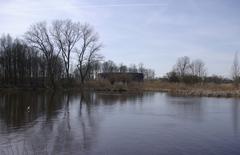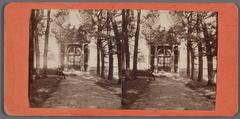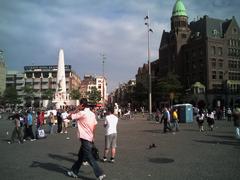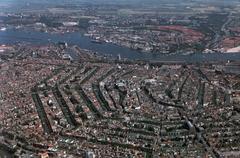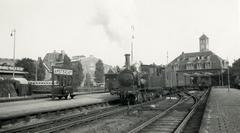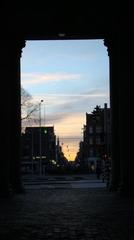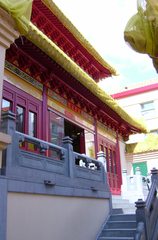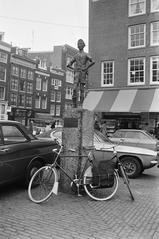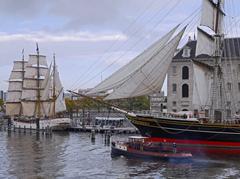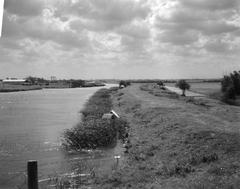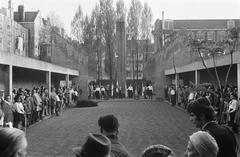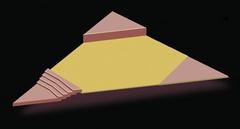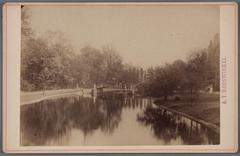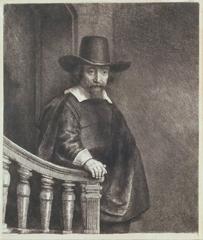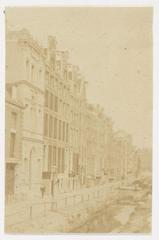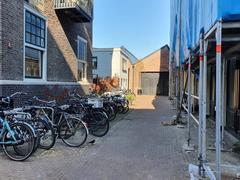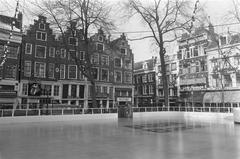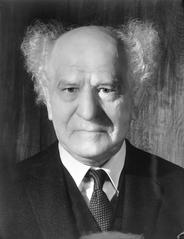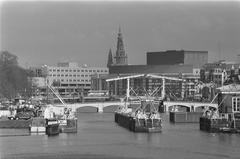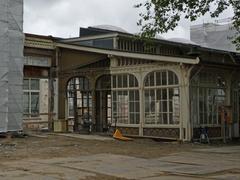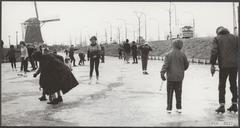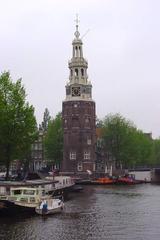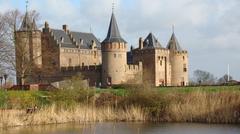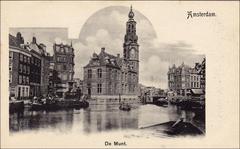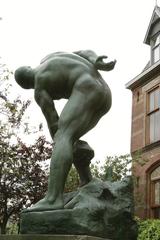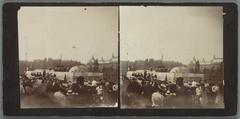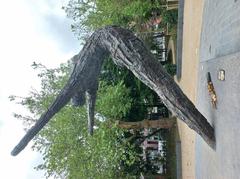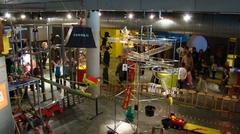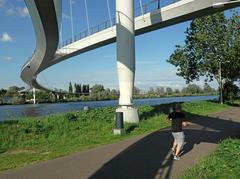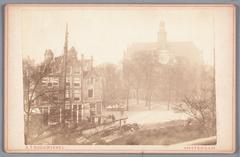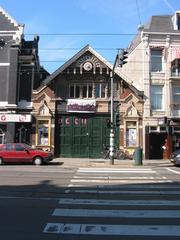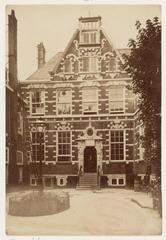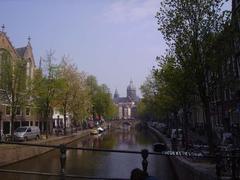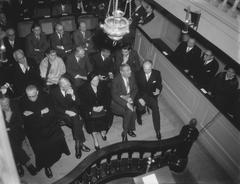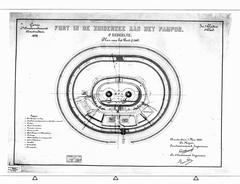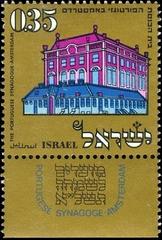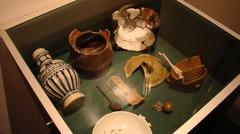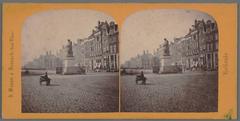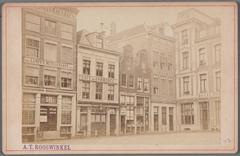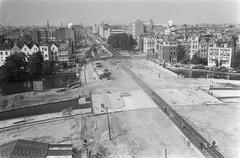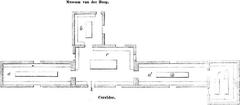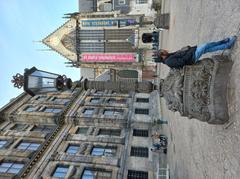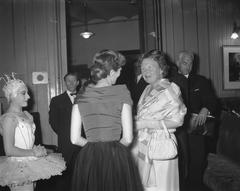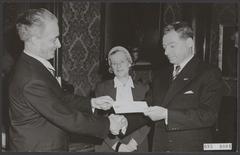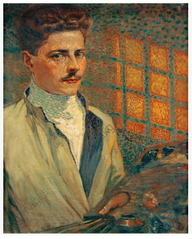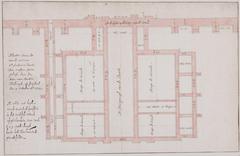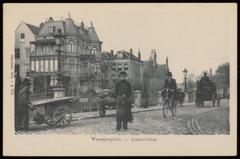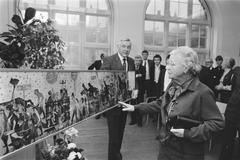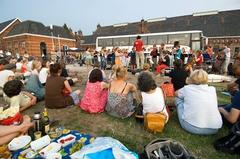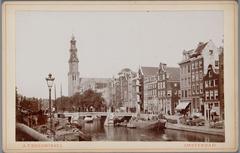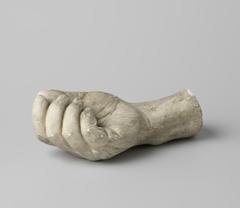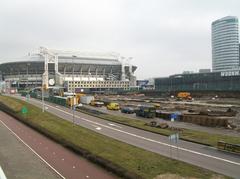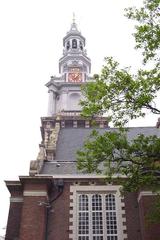Negen Straatjes Amsterdam: Visiting Hours, Tickets, and Travel Guide
Date: 14/06/2025
Introduction
Nestled in Amsterdam’s UNESCO World Heritage-listed Canal Belt, Negen Straatjes (The Nine Streets) is a vibrant neighborhood that perfectly encapsulates the city’s rich 17th-century heritage and contemporary flair. Originally developed during the Dutch Golden Age, this charming district comprises nine interconnecting streets that bridge Amsterdam’s iconic canals—Singel, Herengracht, Keizersgracht, and Prinsengracht. Today, the area is celebrated for its preserved canal houses, independent boutiques, artisan shops, and lively cafés, offering visitors a quintessential Amsterdam experience.
Whether you’re a history enthusiast, a fan of boutique shopping, or a casual traveler, Negen Straatjes provides a unique blend of architectural beauty, cultural vibrancy, and modern urban life. This comprehensive guide covers everything you need to know about visiting Negen Straatjes: its history, visitor information, accessibility, travel tips, and nearby attractions.
For up-to-date details on events, accessibility, and opening hours, refer to the official Negen Straatjes website, Time Out Amsterdam, and Amsterdam Explorer.
Table of Contents
- Historical Background
- Practical Information for Visitors
- Nearby Attractions
- Travel Tips & Accessibility
- FAQs
- Summary & Final Tips
- Sources & Further Reading
Historical Background
Origins and Dutch Golden Age Development
Negen Straatjes is rooted in Amsterdam’s expansion during the Dutch Golden Age. As the city prospered in the 17th century, the construction of the Grachtengordel (Canal Belt) between 1612 and 1665 introduced three major canals—Herengracht, Keizersgracht, and Prinsengracht—along with a network of cross streets. The Nine Streets district emerged from this urban design, connecting the canals between Raadhuisstraat and Leidsestraat, just behind the Royal Palace at Dam Square (de9straatjes.nl).
Economic and Social Fabric
Historically, these streets were home to artisans and merchants, particularly those in the leather and fur trades. Street names like Huidenstraat (Skins Street), Berenstraat (Bears Street), and Wolvenstraat (Wolves Street) are linguistic relics of the craftspeople who shaped the neighborhood’s early identity (amsterdam-explorer.com). Over time, a diversity of craftsmen and traders contributed to the area’s bustling, multicultural atmosphere.
Architectural Heritage
The district is characterized by its 17th- and 18th-century canal houses, featuring narrow, deep plots, ornate gables, and large multi-paned windows. These architectural features reflect historical tax laws that taxed properties by canal frontage, resulting in the iconic vertical Amsterdam house (amsterdam.org). Many buildings here are protected as Rijksmonumenten (national monuments), ensuring careful preservation.
Modern Transformation and Cultural Identity
In the early 1990s, local entrepreneurs branded the area as “De 9 Straatjes,” revitalizing it as a hub for independent boutiques, galleries, and specialty cafés. This grassroots effort preserved the district’s historical authenticity while fostering a modern, creative community (de9straatjes.nl). Today, it stands as a model of urban regeneration, balancing tradition with innovation (Time Out Amsterdam).
Practical Information for Visitors
Visiting Hours & Entry
- Neighborhood Access: Open 24/7; free to enter.
- Shops and Cafés: Typically open from 10:00 AM to 6:00 PM (Mon–Sat); Sundays from 12:00 PM to 5:00 PM.
- Special Events: Check the official website for seasonal markets, art walks, and festivals.
Tickets
- No tickets required for exploring the district.
- Museums & Attractions: Some sites like Huis Marseille Photography Museum may require tickets; book in advance for popular venues such as the Anne Frank House.
Best Times to Visit
- Weekday mornings and late afternoons: Quieter and more atmospheric.
- Spring and early autumn: Pleasant weather and fewer tourists.
Getting There
- By Foot: 10–15 minutes from Amsterdam Centraal Station; nearby Dam Square and Jordaan district.
- By Tram: Lines 2, 11, and 12 stop at Leidsestraat or Spui.
- By Bike: Cycling is popular, but streets are narrow—walk bikes if crowded (iamsterdam.com).
- By Public Transport: Use an OV-chipkaart for trams, buses, and metro (GVB).
- By Car: Not recommended due to limited parking and high fees; use park-and-ride facilities.
Nearby Attractions
Negen Straatjes is centrally located, making it easy to explore other key sights:
- Dam Square and Royal Palace: Historical heart of Amsterdam.
- Anne Frank House: A short walk to this world-renowned museum.
- Jordaan District: Trendy area with art galleries and cafés.
- Bloemenmarkt: The famous floating flower market.
Canal cruises and bike rentals also offer alternative perspectives on the city (mr-amsterdam.com).
Travel Tips & Accessibility
Navigation
- On Foot: Best way to experience the compact, pedestrian-friendly streets.
- Cycling: Proceed with caution, especially during busy hours.
- Maps: Use offline maps or navigation apps; street signs are clear but the area can feel maze-like.
Accessibility
- Wheelchairs & Strollers: Streets are mostly flat but cobblestoned; some shops have steps or narrow entrances—check accessibility in advance.
- Restrooms: Limited public facilities; many cafés allow use for customers.
- Payment: Cards are widely accepted; some small shops may prefer cash.
Safety & Comfort
- Weather: Carry an umbrella or raincoat; wear comfortable shoes.
- Pickpockets: Be mindful in crowded areas.
- Etiquette: Yield to cyclists, avoid blocking bike lanes, and keep noise down in residential zones.
FAQs
Q: Do I need tickets to visit Negen Straatjes?
A: No, the neighborhood is free and open to the public.
Q: What are the typical visiting hours for shops and cafés?
A: Generally 10:00–18:00 (Mon–Sat); 12:00–17:00 (Sun).
Q: Is the area accessible for wheelchairs and strollers?
A: Mostly, but cobblestones and some shop entrances may be challenging.
Q: How do I get there from Amsterdam Centraal?
A: A 10–15 minute walk or short tram ride (lines 2, 11, 12).
Q: Are guided tours available?
A: Yes, including walking tours focused on history, architecture, and local culture.
Q: Are there special events or markets?
A: Yes, especially seasonal art walks, markets, and festivals—check the official website for details.
Summary & Final Tips
Negen Straatjes is a living museum of Amsterdam’s Golden Age, blending centuries-old architecture with a modern, independent spirit. The district’s free and open access, pedestrian-friendly layout, and wealth of boutique shops, cafés, and cultural events make it an essential stop for travelers seeking authenticity and local flavor. Plan your visit for quieter weekday mornings, explore nearby attractions, and don’t miss the opportunity to discover hidden gems along these picturesque streets.
For the latest updates, travel tips, and personalized itineraries, download the Audiala app or follow dedicated Amsterdam travel channels.
